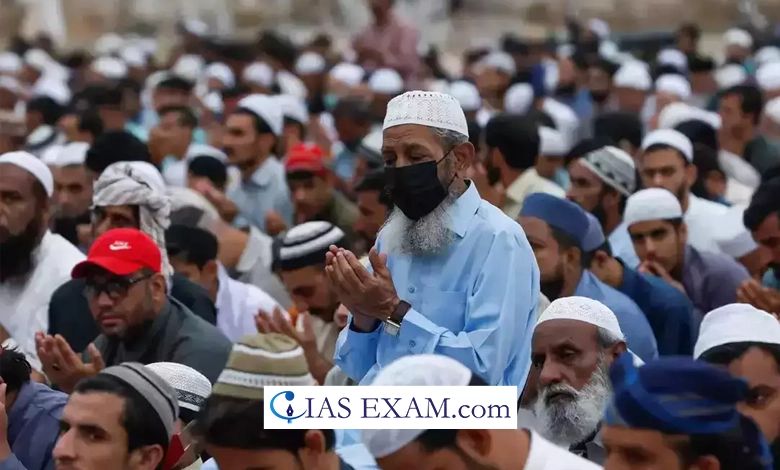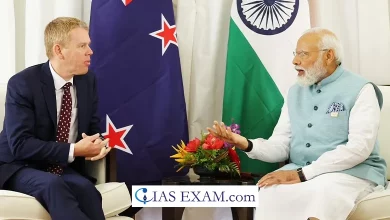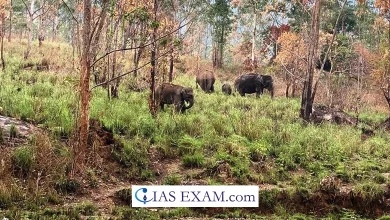
Context
Recently the Prime Minister at an election rally said that the opposition often tried to give reservations to Muslims by reducing quota for SCs, STs, and OBCs by citing examples of providing Muslim quotas in Andhra Pradesh.
Muslim Quota in Andhra Pradesh
- Muslim organizations like Noorbash, Mehtar, etc are covered in state OBC lists, with a 7-10% quota.
- However, there was a push in the undivided states to include all Muslims (9.5% as per the 2011 census) in OBCs.
- The first try was made in 2004 when 5% reservation was given to Muslim Minorities in employment, education, and different fields on par with state OBCs.
- However, the state High Court(HC) struck down the quota because it was- delivered without consulting the Backward Classes Commission (BCC), did not exclude the “ creamy layer” and gave reservations to all Muslims.
- The second try was made in 2005 when the state government added a law giving a 5% quota to Muslims.
- The law stated that as the State’s OBC population is more than 77% of the overall population, a further reservation of 5% to the Muslim Community similar to the present 46% of social reservation is just and reasonable (even though it crossed Indra Sawhney threshold of 50%).
- This time, BCC had encouraged reservations for the entire Muslim Community. But HC struck it down again mentioning that BCC did not rely on objective criteria to conclude that Muslims as a group had been backward in AP. This ruling was challenged in SC. The SC in 2010 directed to preserve the status Quo till the court had heard the problem. The case remains pending.
Reservation for Muslims
- OBC reservation (based on social and academic backwardness) each at imperative and country levels includes numerous Muslim groups. It works otherwise in one-of-a-kind states.
- For example, Karnataka Muslims had a 4% sub-quota in the 32% OBC quota.
How is a community notified as a minority?
- Under Section 2(c) of the National Commission for Minorities Act of 1992 the main authority has the power to notify a community as a minority.
- In 1993, the first Statutory National Commission was set up and 5 nonsecular communities i.e.the Muslims, Christians, Sikhs, Buddhists, and Zoroastrians (Parsis) were notified as minority communities.
- In 2014, Jains were additionally notified as a minority community.
Constitutional Safeguards
- The Constitution of India came into force in 1950, and assured equality before the law and equal protection of laws to the citizens (Article 14).
- Elaborating upon this primary fundamental right, it declared that the nation shall not discriminate against any citizen best on the grounds of religion and caste (Article 15).
- Provisions were, however, included within the Constitution concerning the welfare and advancement of the Scheduled Castes (SCs).
- To enhance them, Article 15 was amended next year to make clear that its initial principle would now not deter the kingdom from making “any special provision” for the socially and educationally backward classes of citizens, or the SCs and Scheduled Tribes (STs).
Source: The Indian Express
UPSC Mains Practice Question
Q.Analyse the impact of religion based inequalities in society with special reference to its effects in different states in India?





.png)



